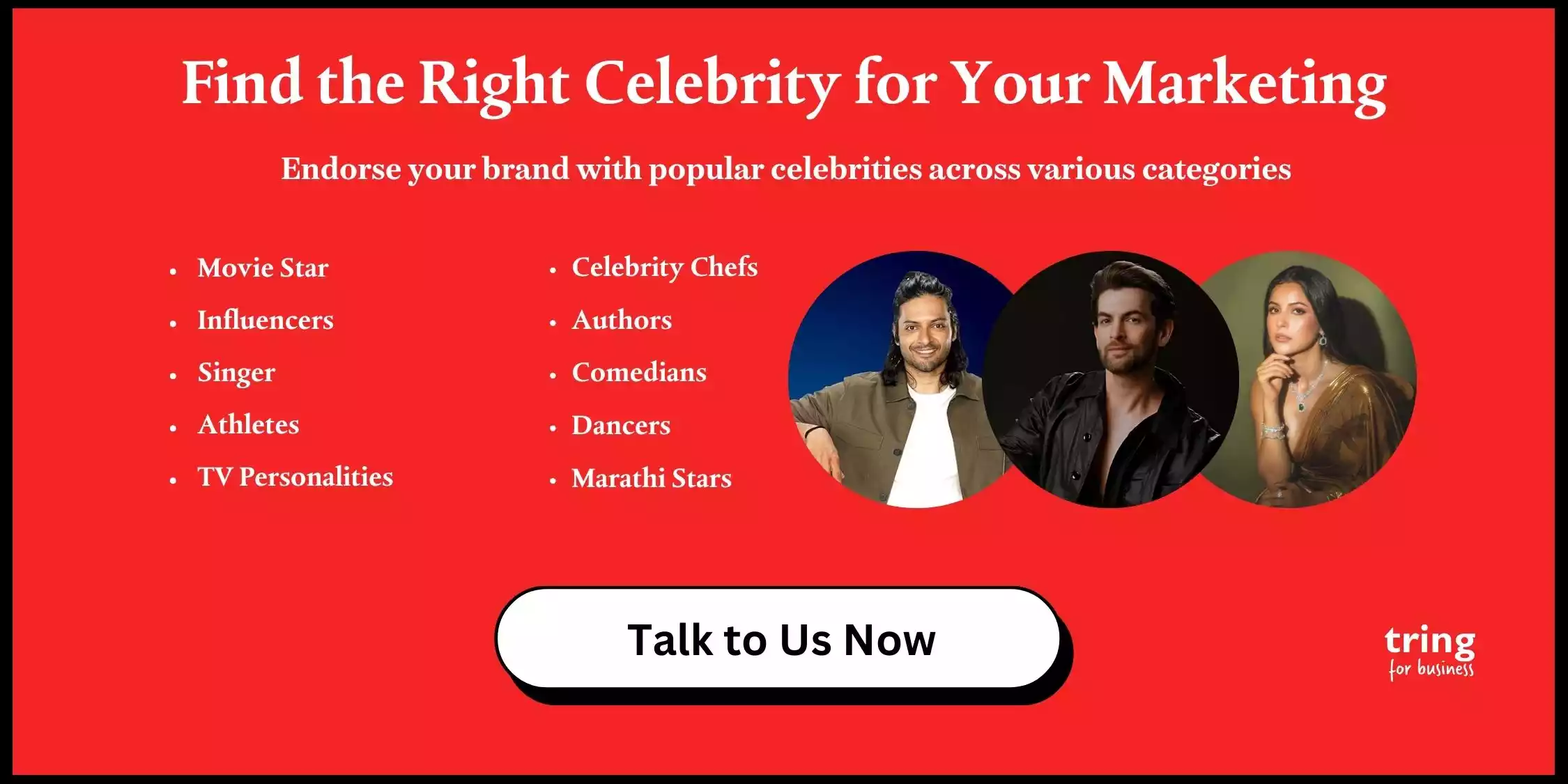Influencer Marketing: YouTube vs. Instagram - Stats and Characteristics
When diving into influencer marketing, two major platforms that often come to mind are YouTube and Instagram. These platforms have become powerhouses for content creators and brands looking to reach a wider audience. While YouTube is synonymous with video content, offering a space for longer-form videos, Instagram is more diverse, providing options for short stories, images, and now reels to captivate the audience. Here's a closer look at the key statistics and features that set YouTube and Instagram apart in the realm of influencer marketing.
1. YouTube: Stats and Characteristics
Over two billion people are logged in to YouTube every single month, making it the go-to site for video content. YouTube offers a massive ocean of content to its consumers. YouTube's reach and effect are considerable due to the fact that it is the second most viewed website on the entire planet.
Key Statistics:
-
Over 2 billion logged-in users every month.
-
Viewers watch over a billion hours of video daily.
-
Localised in over 100 countries and available in 80 languages.
Key Characteristics:
-
Video Uploads: Creators can upload videos up to 12 hours in length or 128 GB in file size.
-
Monetisation: The YouTube Partner Programme allows influencers to earn money through advertisements, membership perks, and channel subscriptions via YouTube Premium.
-
Analytics: Detailed insights into viewership, engagement metrics, and performance analytics.
-
Live Streaming: Real-time interaction with audiences through live videos.
-
Community Tab: A feature for sharing polls, images, and updates, enabling influencers to engage with their audience beyond videos.
2. Instagram: Stats and Characteristics
Instagram has rapidly evolved from a simple photo-sharing app to a multifaceted social media platform that includes stories, live broadcasting, and short-form videos called Reels. With a strong focus on visual content, Instagram serves as a powerful tool for influencer marketing.
Key Statistics:
-
Over 1 billion monthly active users.
-
More than 500 million users interact with Instagram Stories every day.
-
A significant user base with people under the age of 35, making up the majority of Instagram's demographic.
Key Characteristics:
-
Stories: Enable users to post photos and videos that vanish after 24 hours, perfect for sharing quick updates or behind-the-scenes content.
-
IGTV: It allows for longer video content, catering to the growing demand for in-depth video content on the platform.
-
Reels: Competes with short-form video content, similar to TikTok, offering a new way to create engaging 15 to 30-second videos.
-
Shopping: Provides a platform for influencers and brands to tag products in posts, making it simple for users to shop directly from the app.
-
Analytics: Offers insights into post performance, audience demographics, and engagement, crucial for influencers to understand and grow their reach.
Both YouTube and Instagram offer a wealth of features and benefits for influencers. The choice between them often comes down to the type of content an influencer excels in and where their audience spends most of their time.
Understanding Influencer Marketing: YouTube vs. Instagram in India
When it comes to choosing between YouTube and Instagram for influencer marketing efforts, brands face a unique set of challenges and opportunities on each platform. The next part is all about showing the main differences between influencer marketing on YouTube vs. Instagram, guiding brands to make informed decisions on where to invest their marketing efforts for maximum impact.
1. Content Type
On YouTube, influencers typically create longer videos that cover topics in depth. This platform is ideal for detailed product reviews, in-depth tutorials, and storytelling. These types of videos allow viewers to get comprehensive information about a topic, which can be very helpful when trying to learn something new or make informed decisions about products.
Instagram is best for short, eye-catching content such as photographs, quick videos, stories, and reels. These formats are designed to capture the viewer’s attention quickly and are great for sharing moments and ideas briefly and effectively. This type of content suits the fast-paced nature of the platform, where users scroll quickly through their feeds.
2. Engagement Style
YouTube encourages viewers to spend more time watching videos, which means the platform is great for engagement over longer periods. Videos that are interesting and well-made can keep viewers interested for many minutes, even hours, leading to higher engagement through likes, comments, and shares.
Instagram facilitates fast and frequent interactions like likes and comments, making it perfect for instant feedback. This platform suits brands and influencers who seek quick interactions with their audience, which can help to boost visibility and engagement effectively and quickly.
3. Monetisation Options
YouTube offers multiple ways for influencers to make money. They can earn through advertisements placed on their videos, by setting up membership options for their fans, or through donations received during live streams. These various revenue streams can be quite beneficial for creators looking to monetise their content effectively.
On Instagram, influencers often earn money through sponsored posts, where brands pay them to promote products. They can also make money from branded content and use Instagram's shopping features to sell products directly. These monetisation options make Instagram a practical choice for influencers looking to collaborate with brands.
4. Getting Discovered
YouTube videos can be found via Google search, which helps in maintaining a long-term presence online. This "searchability" increases the chance of being discovered by new viewers and helps the content remain relevant for a longer time compared to other platforms.
Discovery on Instagram relies heavily on using the right hashtags and the platform's algorithm to reach new audiences. Content is pushed to viewers in real-time, focusing on what's trending at the moment, which can sometimes lead to quick, but temporary, visibility boosts.
5. Lifespan of Content
Content on YouTube can remain relevant and keep attracting viewers long after it has been posted. This long lifespan is beneficial for creating lasting value from each video, as it continues to reach new viewers over time without needing frequent updates.
On Instagram, content generally has a shorter lifespan. Stories disappear after 24 hours, and posts can quickly move down in users' feeds as new content is continuously uploaded. This makes Instagram ideal for time-sensitive posts and campaigns that aim for immediate impact.
6. Real-time Interaction
Although YouTube is popular for its video content that retains relevance over time, it also offers live streaming options. Live streams on YouTube allow for real-time interaction with viewers, although this is not the platform's primary focus.
Instagram excels in real-time engagement with features like stories and live videos. These tools are great for interacting directly with followers, making announcements, or running live Q&A sessions. They help create a sense of immediacy and connection with the audience.
Which Platform is More Popular, YouTube or Instagram?
YouTube and Instagram both stand out as highly frequented social media giants. YouTube has a massive user base with viewers that span across demographics, while Instagram has captivated over two billion active users with its engaging visuals. When it comes to marketing, the choice between these two titans should depend on the type of people you want to reach and the style of your campaign.
Instagram is often used by business-to-business marketers that want to display their items with visually appealing photographs that complement the platform's aesthetic qualities. However, marketers often choose YouTube for narratives that call for more in-depth and instructional content, as this platform allows for the distribution of longer-form content that can enlighten and engage potential customers.
Making the Right Choice
In the competitive sphere of digital marketing, selecting the right platform for influencer collaborations is essential. The debate on influencer marketing YouTube vs. Instagram revolves around several pivotal factors that can influence a campaign's success. This guide primarily aims to assist brands in India in making well-informed decisions by emphasising the critical aspects of choosing between YouTube and Instagram influencers.
1. Where is Your Audience?
Understanding where your target audience primarily engages is crucial. YouTube's global and diverse user base often seeks informative, long-form content, making it suitable for in-depth explorations. Instagram, popular with a younger demographic, thrives on quick, visually appealing posts and stories perfect for trends and direct engagement.
2. Type of Content You Want to Share
The type of media you wish to use for your campaign plays a significant role. YouTube is ideal for video content that requires a narrative and detailed explanation, whereas Instagram is excellent for images, short videos, and fleeting story content that captures instant attention.
3. How Much Can You Spend?
Your budget can significantly dictate your choice. Producing videos for YouTube typically requires a larger investment compared to the lower costs of creating image-based content for Instagram. Consider the production costs and the frequency of posts you plan to publish.
4. Content Reach and Visibility
YouTube videos often enjoy a longer lifespan thanks to SEO benefits from Google search, which can lead to ongoing organic reach. Instagram posts have a shorter shelf life but can achieve immediate reach and high visibility through features like hashtags and stories.
5. What Industry Are You In?
Some industries naturally perform better on specific platforms. Tech tutorials, educational content, and lengthy product reviews tend to gain more traction on YouTube. In contrast, fashion, travel, and lifestyle brands often find better engagement on Instagram due to its visual and trendy nature.
6. How Deep is Your Content?
Consider how detailed the information needs to be to effectively convey your message. YouTube is better suited for delivering extensive content where details and developments are necessary, while Instagram is best for surface-level engagement where images and short videos can be more impactful.
Conclusion of Influencer Marketing: YouTube vs. Instagram
When it comes to influencer marketing, the YouTube vs. Instagram debate has a simple answer: know your crowd and what they like. For in-depth stories and product walk-throughs, YouTube influencers can really help. But, if you're after quick snaps and cool pics, team up with Instagrammers. Each platform has its own style—pick the one that fits your brand best and watch your influence grow!
Connect With Top Influencers and Celebrities!
Are you looking to elevate your brand's presence with the power of influencer marketing? Whether it's for brand promotion, event appearances, or public relations efforts, we've got you covered. With just a few clicks, you can partner with leading celebrities and influencers who align with your brand's values and audience.
Don't miss the opportunity to make your brand stand out. Contact us today to explore how we can connect you with the perfect celebrity or influencer for your marketing needs. Let us help you create impactful promotions and experiences that resonate with your target audience and drive your brand forward.
![Let Us Connect You to Your Ideal Brand Ambassador Let Us Connect You to Your Ideal Brand Ambassador]()
![birthday occasion]() Birthday Gifts
Birthday Gifts
![anniversary occasion]() Anniversary Gifts
Anniversary Gifts
![women]() Women
Women
![men]() Men
Men
![Couples]() Couples
Couples
![Couples]() Wedding Gifts
Wedding Gifts

 Birthday Gifts
Birthday Gifts
 Women
Women
 Men
Men
 Anniversary Gifts
Anniversary Gifts
 Wedding Gifts
Wedding Gifts

 We now support international payments
We now support international payments
